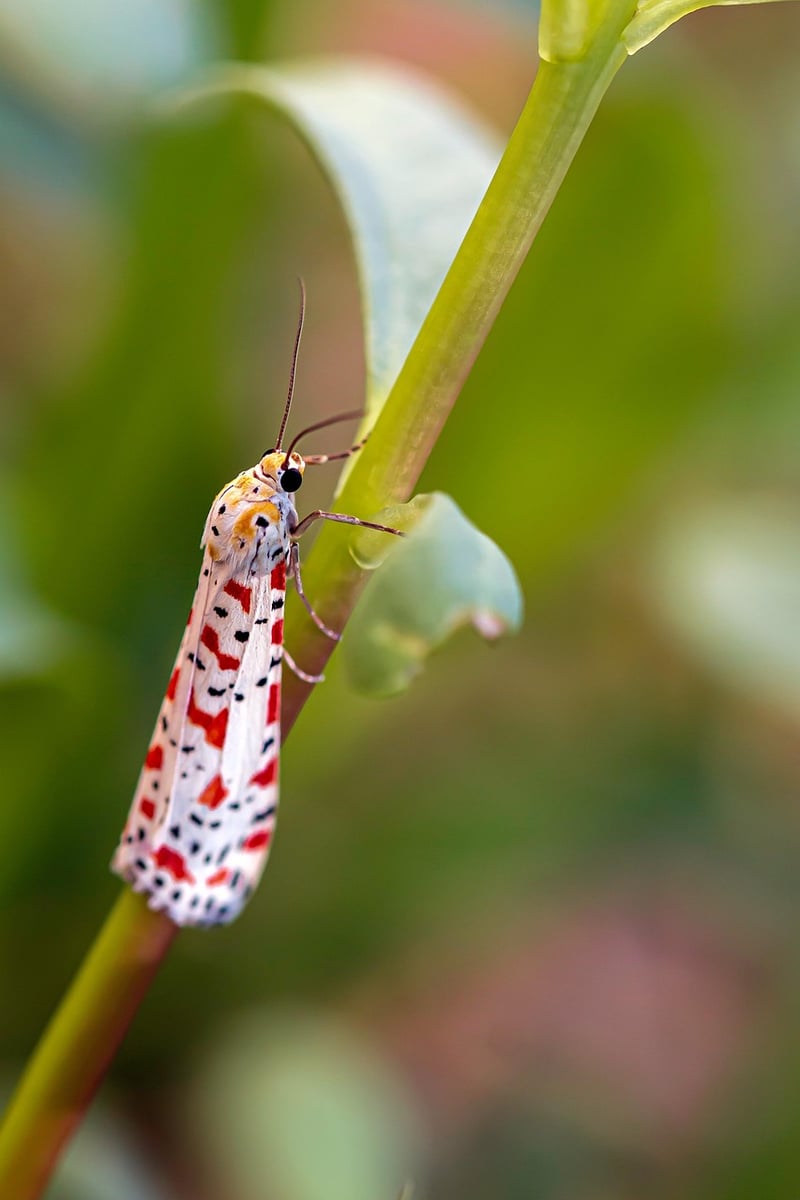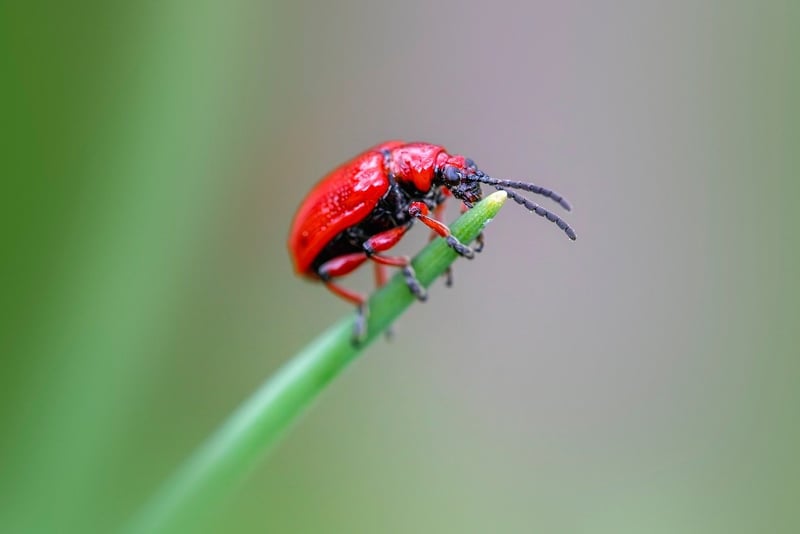Identifying Pests
Protecting Your Garden: Identifying Pests
Welcome to our guide on protecting your garden from common pests! Whether you're a seasoned gardener or just starting, it's essential to understand the pests that can harm your plants. By identifying these pests early on, you can take proactive measures to safeguard your garden's health and yield a bountiful harvest.
Common Garden Pests
1. Aphids: These small insects feed on plant sap and can quickly multiply, causing leaves to curl and plants to weaken.
2. Slugs and Snails: These slimy creatures can devour seedlings and leaves, leaving a trail of destruction in your garden.
3. Caterpillars: The larvae of butterflies and moths, caterpillars can chew through leaves and flowers, impacting plant growth.
Identifying Pest Damage
It's essential to recognize the signs of pest damage to address the issue promptly. Look out for:
- Chewed or damaged leaves
- Sticky residue on plants (left behind by aphids)
- Holes in fruits or vegetables
- Shiny slime trails (indicative of slugs and snails)
Preventing and Controlling Pests
1. Natural Predators: Encourage beneficial insects like ladybugs and lacewings that feed on garden pests.
2. Companion Planting: Planting certain species together can help deter pests. For example, marigolds can repel aphids.
3. Organic Sprays: Use homemade sprays like neem oil or insecticidal soap to protect your plants without harmful chemicals.
Visual Guide to Common Garden Pests

Keep an eye out for the cabbage moth, a common pest that can damage cabbage, kale, and other cruciferous vegetables.
Conclusion
By learning to identify common garden pests and implementing preventive measures, you can protect your garden and promote plant health naturally. Remember, a healthy garden is a happy garden!
Happy gardening!
